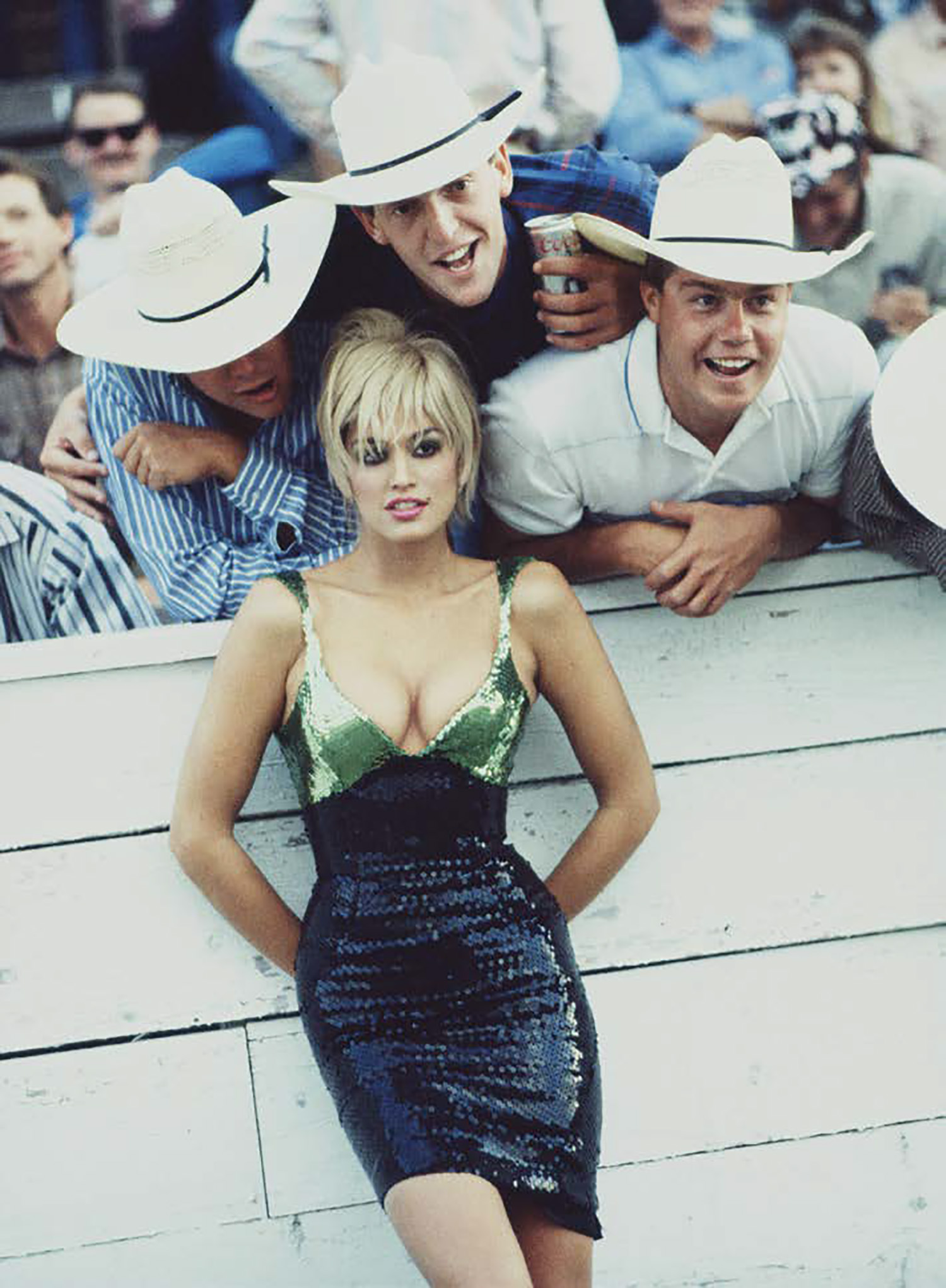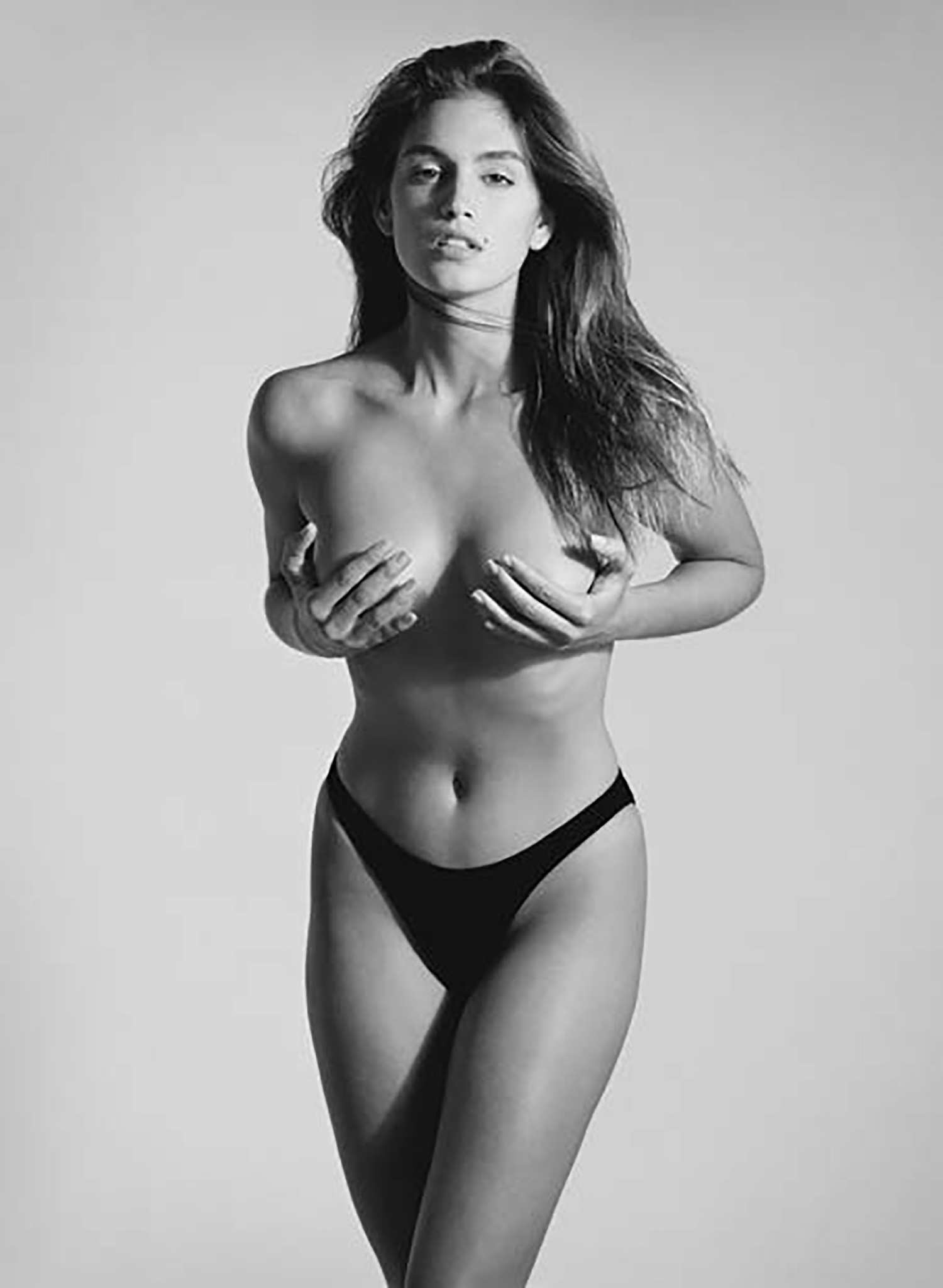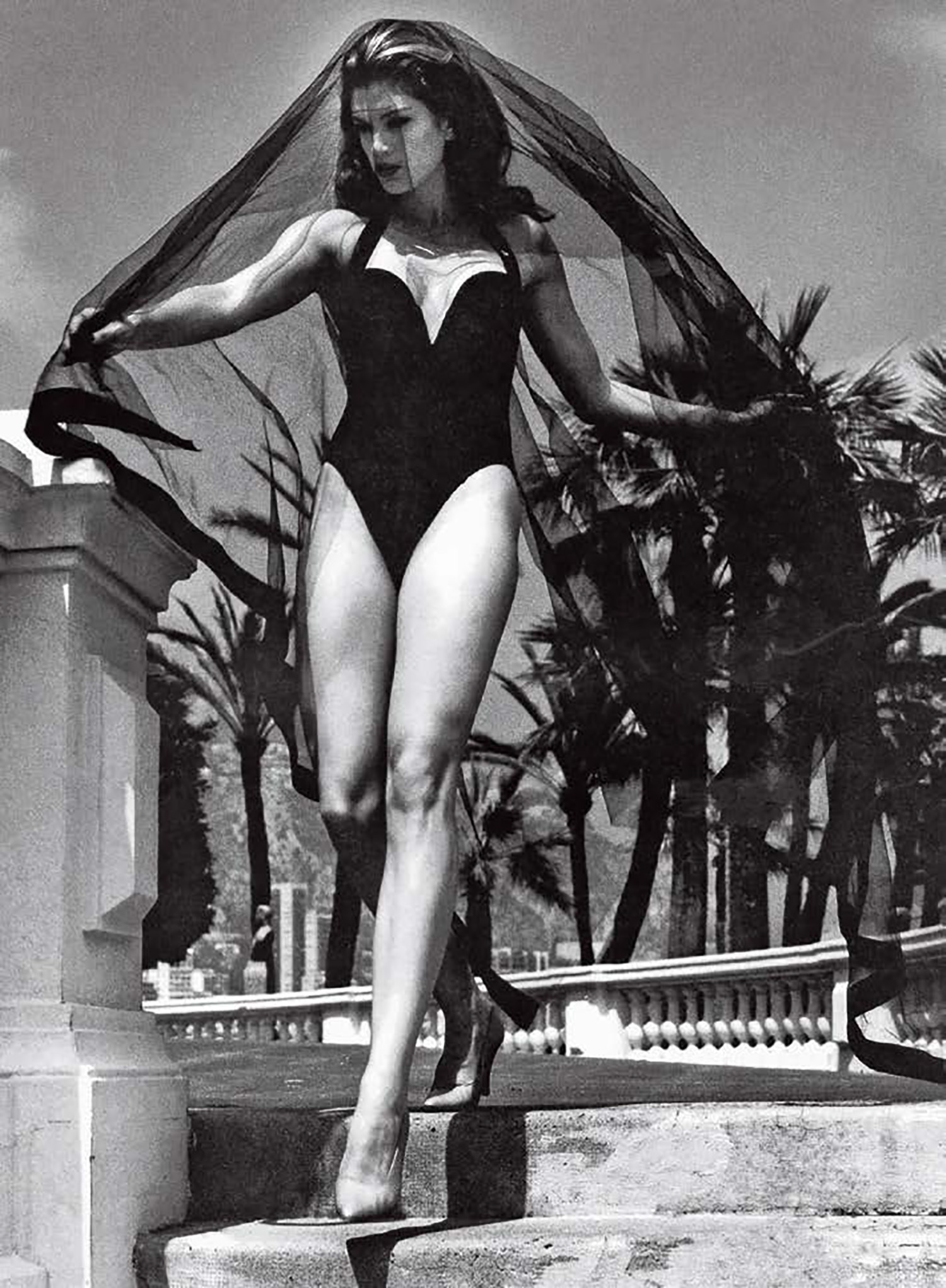CINDY CRAWFORD

Growing up in a Midwestern farming town 30 miles from Chicago, she arrived in New York as an aspiring teenage model armed with her looks, ambition, and good business sense. For the past 17 years she’s enjoyed a happy home life with hotel and restaurant entrepreneur husband Rande Gerber and their two children. Along the way, she learned important life lessons that she is now sharing in her new book – BECOMING – that serves as a highly spirited life manual that is part autobiography, part coffee-table book. It offers an inside account of the events that marked her rise as a global cultural icon fabled for her cosmetics and clothing campaigns as well as countless magazine covers and photo spreads (not to mention her Pepsi ads). She hosted MTV’s House of Style, built a personal business empire, and devoted herself to raising her son, Presley, 16, and Kaia, 14, both aspiring models. “This book is my way of reflecting on the experiences that have informed my thinking and sharing some of the wisdom and life lessons I’ve learned along the way,” Crawford says, “It’s not an autobiography or tell-all book–I wouldn’t have many dark secrets to reveal, anyway–it’s really about my personal journey and becoming my adult self.”
Crawford, who turned 50 in February, offers plenty of insight and anecdotes in the magnificent volume published by Rizzoli, including several of the iconic photos that were part of her trademark natural beauty. She not only discusses her work with some of the fashion industry’s legendary photographers–Herb Ritts, Richard Avedon, Irving Penn, Steven Meisel, Helmut Newton–but also the era of the supermodel and how she became a highly successful businesswoman with multiple pursuits including fitness videos, swimsuit calendars, and beauty lines. In person, Crawford is still fabulously beautiful (she remains a size 2) and looks at least ten years younger. She and her husband Rande are best friends with George Clooney and his wife Amal, and have taken several vacations together. Interestingly, when asked about her marriage to Gerber, Cindy confessed that she thought he was almost too good to be real at the beginning, “In my younger years, I was attracted to the more intense kind of relationships that are very draining. When I was first with Rande, I thought he was so solid, but then I wondered, ‘Wait, where’s all the drama? Maybe this isn’t good. Maybe this isn’t real!’ …But a husband is the guy who is solid, and you know you want to have children with him and you know he’s going to be there.”
Cindy, your image is that of one of the world’s most iconically beautiful women. How did you see yourself when you were starting out as a model?
The truth is that I have never seen myself as beautiful. At the beginning of my career I felt very uncomfortable and no one in the business went out of their way to say nice things to me. I had such a bad self-image that it took over a decade to really feel good about myself and self-confident enough to the point where I could smile on command in front of the camera. Still, when I look into the mirror I see a face full of imperfections–I never see myself as having perfect features, not at all.
Was learning to embrace your mole part of what helped you advance your career?
I was very self-conscious about my mole while I was growing up. And as a girl I wanted remove it because I was embarrassed by it and I was constantly getting teased about it. Of course, that was the thing that set me apart and later what gave me my distinctive look as a model. It’s what people still associated with me the most. But when it came to getting that recognition as a model it was only thanks to some great photographers like Herb Ritts and others who took so many iconic photos and presented me in a very extraordinary way. That’s when I started to feel beautiful.
 Photography by Arthur Elgort
Photography by Arthur Elgort
How do you account for your spectacular evolution as one of the original group of supermodels?
I was lucky to arrive at a time when the fashion world was looking for a new image of women and a different look from the typical image of blonde and blue-eyed models. Christy [Turlington], Naomi [Campbell], Linda [Evangelista] and me all looked very different and we each had a distinctive look that represented different ways of defining or representing beauty.
You took a chance moving to New York while you were still studying in university. What was that time like?
Our culture still judges people on appearances and women are especially subject to that. When I left college to pursue modeling, I saw right away that people assumed I was stupid and that was always a hard thing to handle. It makes you very self-conscious, but eventually I was able to overcome that and put those negative assumptions andattitudes in better perspective. It was really saying more about the people making those judgements than it was about me.
Was it culture shock arriving in New York?
I was very naive at the beginning. Coming from the midwest, New York was a whole other world. I had to get used to living at a much faster pace where people are always busy and rushing somewhere and you can feel like you’re an outsider. It was much more sophisticated than I was prepared for and it took me a long time before I really felt comfortable being in the company of famous or very accomplished people.
Why did you write BECOMING and what do you hope people will learn?
I wanted to collect some life stories from my past and explore some key moments that might be helpful to the next generation and help inspire young people to pursue their dreams. I’m a great believer in fairy tales and making your dreams become reality. Half the battle in life is just believing in yourself and not giving up even when things don’t work out at the beginning. You never know which moment or event is going to help you succeed but if you work hard and have faith in yourself the chances are that good things are going to happen to you.
 Photography by Helmut Newton
Photography by Helmut Newton
What was your look, if you really had to define it?
My look was more accessible and relatable. In terms of labels, I was what you would call the sexy, all- American girl who lived next door. I had a more athletic body type which gave me an edge and photographers and magazines were looking for that. It was perfect timing.
What’s the most important lesson you can offer women when it comes to looking good and being fit?
Nothing is better than working out on a regular basis. I still work out three times a week and I eat a very healthy diet. I can’t eat the way I used to and even in my twenties I saw that I had to change my eating habits. I rarely drink wine anymore because it makes my face puffy.
Apart from your fashion shoots, what were some of the other keys to your success?
The Pepsi commercial was very big. It gained massive recognition with a male audience that was very different from the kind of attention you get from fashion magazines which are targeted towards women.
How did you come to develop the workout videos?
Jane Fonda’s exercise videos were the thing that inspired me. She started it all but I wanted to move away from aerobics and develop a more intensive, grittier workout like what I was doing on an almost daily basis with my trainer Radu. I wanted to come up with an exercise video for people of my generation who were looking to tone and strengthen their bodies.
What do you teach your daughter about image and how a young woman should deal with the pressures that come with that?
The most important thing is to have a healthy self-image and healthy relationship with your own body. I try to teach that to my daughter Kaia and not have her worrying about her looks. I want her to eat properly and not feel self- conscious and thinking about diet and her weight. You have to be comfortable in your own skin and embrace everything that is distinctive and special about you. As women, we need to understand that we are all different and unique.
 Photography by Herb Ritts
Photography by Herb Ritts
BECOMING, by Cindy Crawford, Available at Rizzoli New York. Cover photo by Arthur Elgort
Interview by Fred Allen / The Interview People
